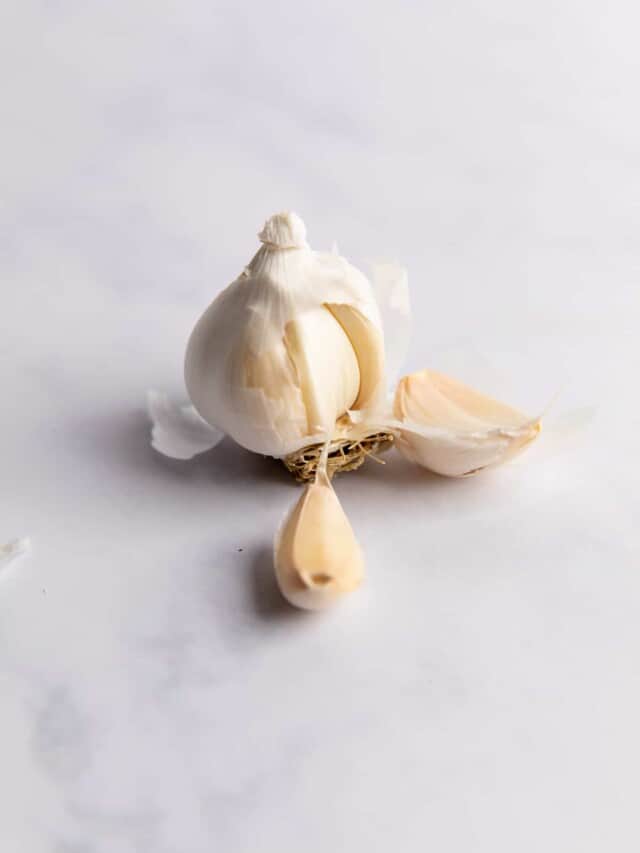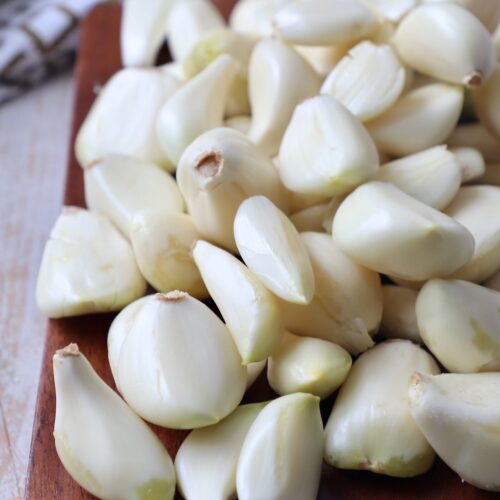A Comprehensive Guide to Growing Garlic in Your Home Garden for Year-Round Harvests
Garlic, a flexible and savory enhancement to plenty of dishes, is a staple in many kitchens. Nevertheless, cultivating your own garlic in your home can not only supply you with a year-round supply however likewise use a feeling of satisfaction in growing your very own food. From selecting the right garlic varieties to the meticulous treatment needed for effective growth, each action in the process adds to a plentiful harvest. Imagine the convenience of entering your garden to pluck fresh garlic whenever a dish asks for it, understanding that it was nurtured and cultivated by your very own hands. This detailed guide will stroll you with the vital steps to grow garlic efficiently in your home garden, ensuring a constant supply of this cooking vital throughout the year.
Choosing the Right Garlic Varieties
When choosing garlic selections for your home garden, it is crucial to think about factors such as regional climate and preferred taste profiles. The sort of garlic you select can dramatically affect the success of your harvest and the preference of your dishes.
Hardneck garlic selections, such as Rocambole and Porcelain, are fit to colder environments, as they require a duration of vernalization to generate light bulbs efficiently. Softneck garlic, like Artichoke and Silverskin, grows in milder climates and has a tendency to have a longer life span compared to hardneck ranges.
Take into consideration the flavor account you prefer when selecting garlic selections - Garlic bulb. Rocambole garlic is known for its complicated, abundant taste, while Artichoke garlic provides a milder taste that is fit for a large range of cooking applications

Preparing the Planting Site
Selecting the ideal garlic varieties lays the structure for a successful harvest; currently, attention transforms to the vital action of preparing the planting website. Before growing garlic, it is important to choose a well-drained site with abundant, loamy dirt.
Think about improving the soil with garden compost or well-rotted manure to offer crucial nutrients for the garlic plants. A soil pH degree ranging from 6.0 to 7.0 is suitable for garlic cultivation. Integrate a well balanced fertilizer right into the soil according to the producer's guidelines to even more boost the nutrient material.
As soon as the planting site is appropriately prepared, you are prepared to wage growing the garlic cloves, setting the stage for a plentiful harvest in the periods to come.
Growing Garlic Cloves
To ensure effective growing of garlic, proper planting of garlic cloves is vital in creating a solid foundation for healthy and balanced development and an abundant harvest. When planting garlic cloves, it is essential to pick high-grade, healthsome bulbs for the best results.
Garlic flourishes in complete sun, so ensure the growing website obtains a minimum of 6-8 hours of straight sunlight daily. Additionally, it is necessary to provide consistent dampness to the garlic bed, specifically throughout the preliminary stages of development. Mulching the location can assist keep soil dampness and suppress weed development. By complying with these planting standards, you can establish the stage he said for an effective garlic harvest.

Caring for Growing Garlic Plant Kingdoms
Upon effective planting of garlic cloves, persistent look after expanding garlic plants is paramount for making sure optimum development and a bountiful harvest. Watering is necessary for garlic plants, specifically throughout dry periods. Consistent wetness degrees are critical, yet garlic does not thrive in waterlogged soil. As a result, it is crucial to strike an equilibrium by making certain the dirt is moist but well-drained.
Weeding is an additional crucial facet of looking after expanding garlic plants. Weeds contend with garlic for nutrients and can impede its growth. Frequently eliminating weeds by hand or using compost can aid preserve a healthy environment for garlic to flourish.
Feeding is advised to support the growth of garlic plants. Using a well balanced fertilizer during the expanding period can offer the necessary nutrients for durable growth. Nevertheless, it is very important not to over-fertilize, as this can lead to concerns such as extreme foliage development at the cost of bulb growth.
Last but not least, keeping an eye on garlic plants for any indicators of bugs or diseases is essential. Dealing with any problems quickly can stop them from spreading out and damaging the plant. By complying with these treatment methods, you can aid your garlic plants prosper and achieve a successful harvest.
Harvesting and Saving Your Garlic Bounty
Garlic bulbs ought to be prepared for harvest when the reduced leaves beginning to turn yellow and wither, normally around mid-summer to very early fall, depending on the variety and planting time. To gather garlic, meticulously loosen the soil around the bulbs with a garden fork to stay clear of damaging them.
After treating, trim the origins and cut down the stalks to concerning an inch over the bulb. Store the garlic bulbs in an amazing, completely dry area with excellent air circulation to stop sprouting. Appropriately stored garlic can last for numerous months, offering you with a fresh supply up until the next harvest season. Comply with these steps to enjoy your domestic garlic in different culinary delights throughout the year.
Verdict
Finally, growing garlic in your house yard can offer year-round harvests with the right option of ranges, proper prep work of the planting site, and conscientious treatment for the growing plants. By adhering to these steps, more tips here you can enjoy a plentiful harvest of garlic cloves that can be kept for future usage. With commitment and patience, you can efficiently grow garlic in your yard and read this post here take pleasure in the flavorful advantages it brings to your food preparation.